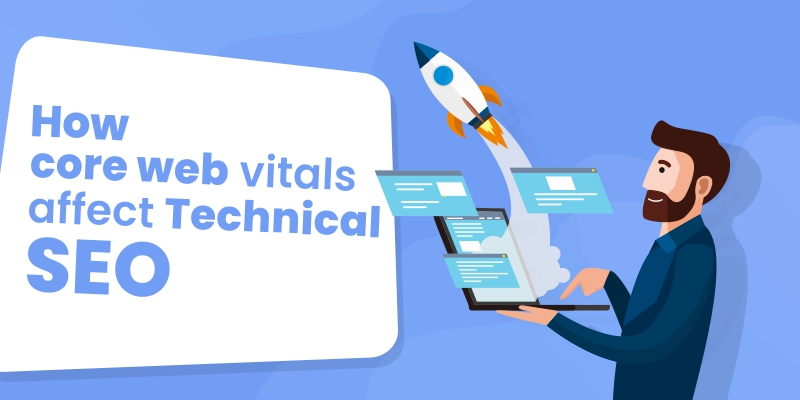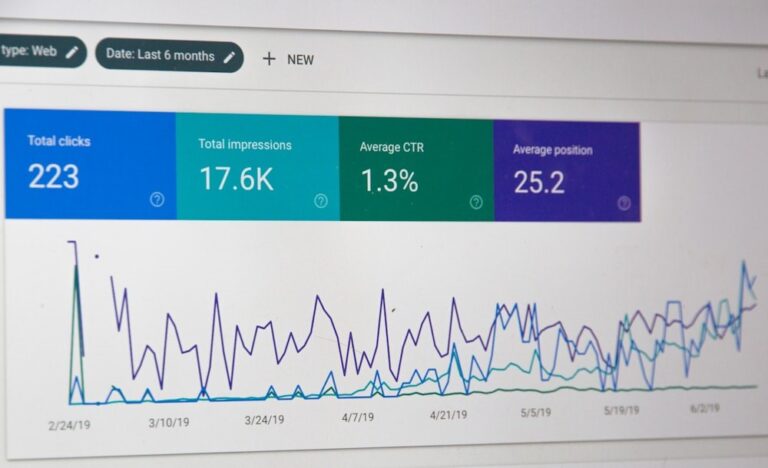How core web vitals affect Technical SEO?
Technical SEO refers to the enhancement of a website’s technical components for better exposure and search engine rankings. It entails, among other technical considerations, optimizing the website’s structure, performance, and crawlability to make it simpler for search engines to crawl and index the site’s content.
In order to increase a website’s search engine ranks and exposure, technical SEO focuses on ensuring the website complies with the technical standards and requirements established by search engines. A sitemap, optimized title tags and meta descriptions, a good URL structure, and mobile friendliness are a few more technical issues that need to be taken into account. Moreover, it is also important to note that technical SEO involves continuous monitoring and optimization of these technical factors to maintain a website’s ranking and exposure. If you encounter any trouble during this process, you can always get more information from Platform Creators, who are experts in the field.
For someone who is interested in digital marketing and wants to pursue a profession in it then here are the best digital marketing courses for your help.
Because search engines utilize complicated algorithms to assess the quality and relevancy of a website’s content, technical SEO is crucial. The technological aspects of a website might negatively impact its search engine rankings, making it more challenging for potential consumers to locate the site.
Technical SEO may be difficult and calls for specialized training and experience. Working closely with webmasters and developers to ensure that the technical components of the website are properly optimized is the norm. Website owners may raise their website’s exposure and search engine ranks by investing in technical SEO, which may result in more visitors and income.
Core Web Vitals is a set of user-centered metrics that measure the speed, responsiveness, and visual stability of a website. These metrics are designed to help website owners and developers improve the user experience on their sites by providing a standardized way to measure and optimize website performance.
The three Core Web Vitals metrics are:
- LCP evaluates loading speed and shows how long it takes for the user to see the page’s largest image or text block. Under 2.5 seconds is a strong LCP score.
- First Input Delay (FID) is a metric for gauging the speed of user interaction with a page, such as clicking a button, before receiving a response from the website. Less than 100 milliseconds is a desirable FID score.
- Cumulative Layout Shift (CLS) is a metric that analyses visual stability and quantifies the frequency of sudden layout changes on a webpage. An ideal CLS score is less than 0.1.
Google has stated that these Core Web Vitals will become a ranking factor in their search algorithm starting in May 2021. This means that websites that provide a better user experience by optimizing their Core Web Vitals are likely to rank higher in search results, which can lead to increased traffic and engagement.
Why are Core Web Vitals important for technical SEO?
Google has stated that Core Web Vitals will become a ranking factor in their search algorithm starting in May 2021. This means that websites that provide a better user experience by optimizing their Core Web Vitals are likely to rank higher in search results, which can lead to increased traffic and engagement.
In addition to their impact on search engine rankings, Core Web Vitals are important for technical SEO because they directly affect website performance and user experience. A slow-loading website or one that is difficult to use due to poor interactivity and visual instability is likely to result in high bounce rates and low engagement. This can negatively affect a website’s reputation and authority, as well as its search engine rankings.
Here are some recommendations for optimizing Core Web Vitals for technical SEO:
Improve Page Speed
In Core Web Vitals, page speed is a key component. Slow-loading websites degrade the user experience, resulting in high bounce rates and low user engagement. You may enhance page performance by doing the following:
Optimize images: Image optimization is using compressed pictures with proper file formats to minimize image size while maintaining image quality. To compress pictures, use image compression programs such as Kraken.io or TinyPNG.
Reduce HTTP requests: Combine and minimize JavaScript and CSS files to reduce the number of requests made by your web page.
Consider using a Content Delivery Network (CDN): A CDN may spread the content of your website over numerous servers, lowering load time for users in different areas.
Use a caching mechanism: A caching mechanism saves website data on a user’s device, decreasing the time it takes for a website to load on subsequent visits.
Improve Webpage Interactivity
Interactivity is the rate at which a user may engage with a web page. Slow interaction can have a negative influence on the user experience and result in a high bounce rate. You can improve interaction by doing the following:
Minimize JavaScript execution time: Reduce the amount of JavaScript on your website, or optimize it to reduce its execution time.
Use Lazy Loading: Lazy loading is a technique that loads only the visible parts of a page, instead of loading the entire page. This can significantly reduce the load time of a page.
Use Browser Caching: Caching the data on a user’s browser can help reduce the amount of time it takes for pages to load on subsequent visits.
Optimize CSS: Optimize CSS by using only necessary styles and reducing the size of CSS files.
Optimize Visual Stability
Visual stability measures how stable the content of a page is when it loads. Visual instability can be frustrating for users, leading to a high bounce rate. To optimize visual stability, you can:
Reserve Space for Images and Videos: Reserve the space required for images and videos to ensure that the page doesn’t jump around as images and videos load.
Optimize Font Loading: Optimize the loading of web fonts to ensure that text doesn’t shift as the fonts load.
Minimize Layout Changes: Avoid making layout changes when the page is loading.
Conclusion
As a result, Core Web Vitals are crucial in establishing how well a website is used, which is a crucial aspect of technical SEO. Search engine rankings may suffer for websites with poor Core Web Vitals due to high bounce rates and little visitor engagement. For a better user experience and technical SEO, it is crucial to optimize Core Web Vitals by enhancing page performance, interaction, and visual stability. Best practices and Core Web Vitals optimization can help website owners raise their site’s search engine ranks and eventually increase visitors.



